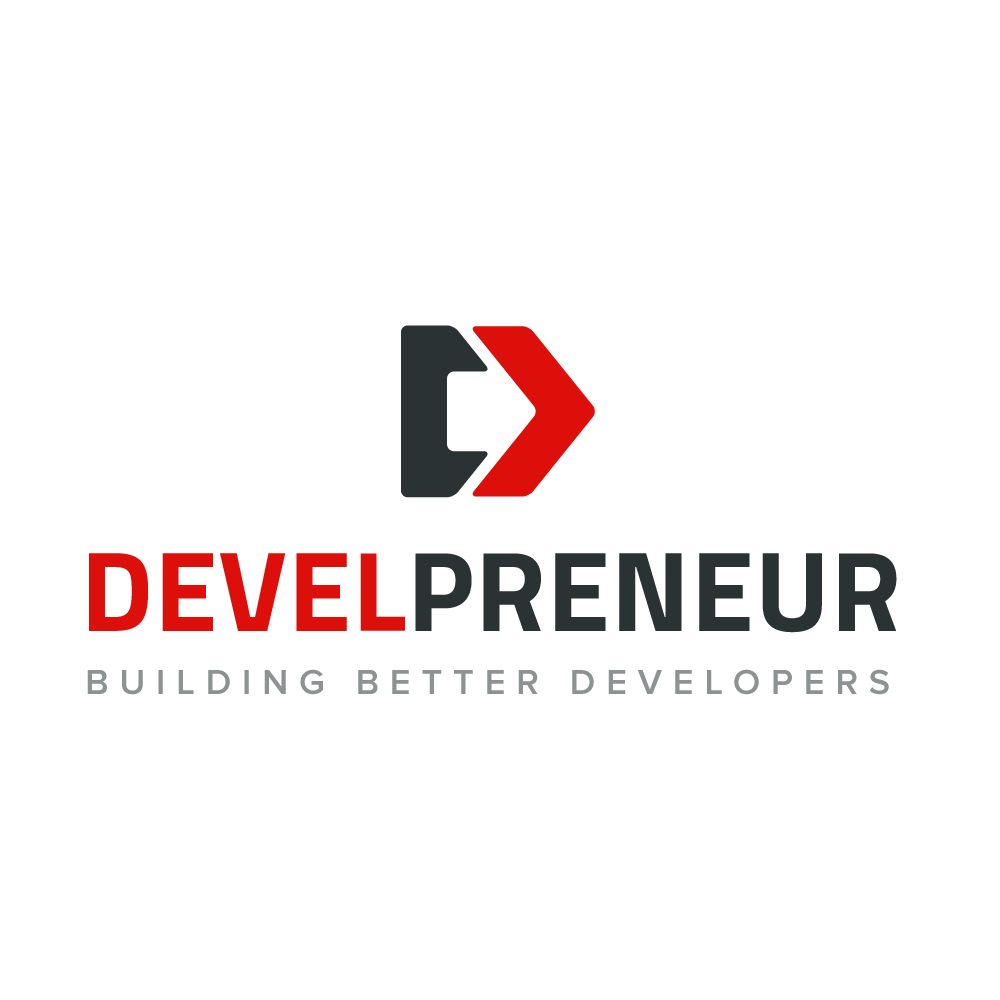Develpreneur Blog • Latest
Latest Posts
Fresh thinking, practical patterns, and lessons that compound — built for developers who want to ship, lead, and build momentum.
The best possible approach to passive income is by creating products. Even a single product can provide a substantial profit. Of course, there is a cost involved in researching and creating that product, but…
Value-Added Reselling As Passive Income
Value-added reselling is roughly a form of passive income. However, it is still a good enough approach for us to look at it as an option. This approach can lead us quickly to a…
The Passive Income Approaches Season Overview
Passive income is a hot topic in certain quarters. Likewise, we have mentioned and even discussed this approach to revenue over the years. This season will focus on passive income approaches and side hustle…
Book Recommendations During That Long Road Trip
Whether in audio form or the old-school paper version, books are an essential part of becoming a better developer. Better yet, they can help us enjoy life and lead to overall success. As we…
Podcast Recommendations To Improve Your Life
As a podcaster, I am also a fan. I listen to numerous shows and have for many years. Therefore it makes sense to offer an episode of podcast recommendations. There is an enormous number…
Disney World Lessons For Product Development
A recent trip to Disney World was a memorable experience in many ways. However, as an entrepreneur, the lessons for product development approaches sparked a presentation. One of the mind-boggling parts of the experience…
Removing Solvers Block
In this stand-alone episode, we look at solvers block. This is what I call the situation where one can not seem to push through to a solution. It is not due to options that…
The AntiPattern Season in Review
We have marched through 31 examples during this antipattern season. Therefore, we have enough of them to step back and look at themes, bad habits, and commonalities. While it is helpful to know about…
Death By Planning – A Rigid Anti-Pattern
Death by planning is an anti-pattern that makes us look like lemmings. We make a plan, and then we follow it mindlessly. This approach can work for some projects like building a house. However,…
The Fire Drill Anti-Pattern
The fire drill anti-pattern is one that falls on project management. While we can personally place ourselves in this sort of situation, the anti-pattern comes from planning. To be specific, it comes from poor…
